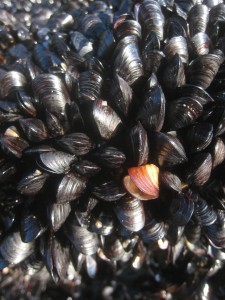HIV Medications
A new report in PLoS Pathogens reports that in 14 adults are have been functionally cured of HIV. This comes after a Mississippi baby was miraculously cured of HIV because of early treatment. Early antiretroviral treatment seems to be important in these cases as well. From a summary in The New Scientist:
Asier Sáez-Cirión of the Pasteur Institute’s unit for regulation of retroviral infections in Paris analysed 70 people with HIV who had been treated with antiretroviral drugs (ARVs) between 35 days and 10 weeks after infection – much sooner than people are normally treated.
All of the participants’ drug regimes had been interrupted for one reason or another. For example, some people had made a personal choice to stop taking the drugs, others had been part of a trial of different drug protocols.
Most of the 70 people relapsed when their treatment was interrupted, with the virus rebounding rapidly to pre-treatment levels. But 14 of them – four women and 10 men – were able to stay off of ARVs without relapsing, having taken the drugs for an average of three years.
The 14 adults still have traces of HIV in their blood, but at such low levels that their body can naturally keep it in check without drugs.
The 14 adults are not naturally resistant to HIV infection and are not currently taking any medication to control their HIV.

